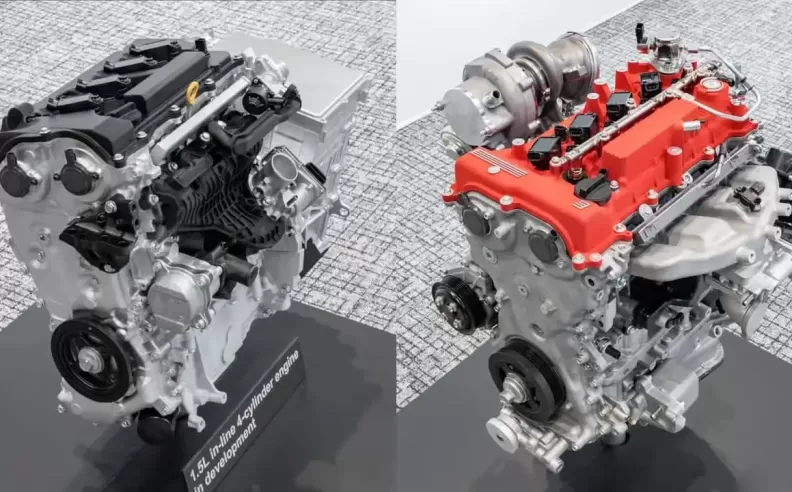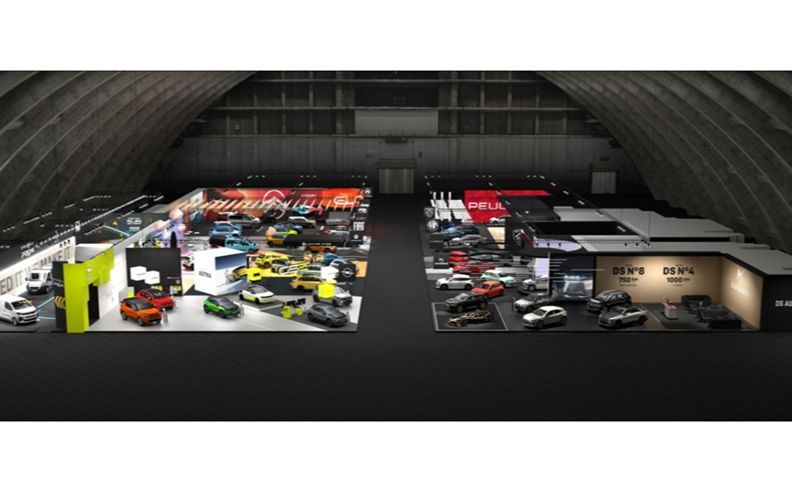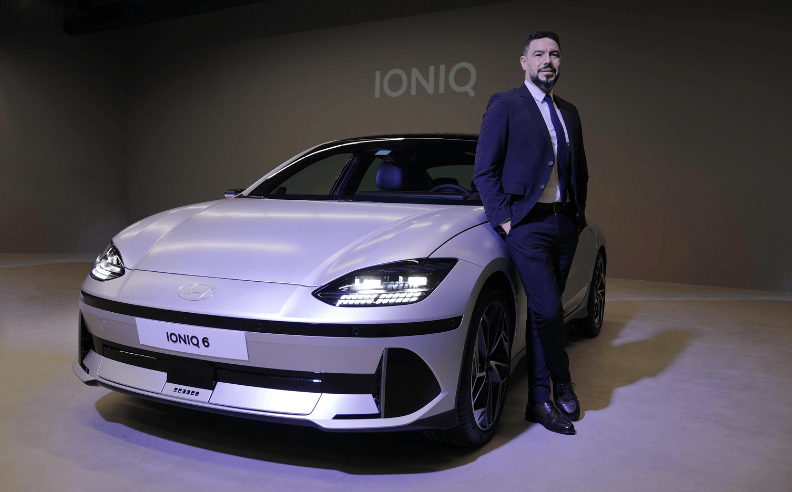
As the global auto industry shifts gears toward electrification, Japan’s top automakers are charting a different course. Toyota, Mazda, and Subaru are refusing to let internal combustion engines (ICE) die quietly. Instead, they are working together to reinvent them for a greener future. Their joint efforts are now taking center stage with a fleet of low-emission vehicles set to operate at Expo 2025 in Osaka, running on synthetic fuels made from hydrogen and carbon dioxide.

Rather than racing to eliminate gasoline engines, Japan’s automotive giants are opting to refine them. In a move that sets them apart from the full-electric trend, Toyota, Mazda, and Subaru formed a strategic alliance last year to develop next-generation combustion engines designed to run on carbon-neutral fuels.
That vision is becoming reality at Expo 2025, where these automakers, now joined by Suzuki and Daihatsu, will showcase vehicles powered by synthetic fuels produced by Japanese energy firm ENEOS. Their pilot plant, launched in September 2024, currently produces around 159 liters per day of eco-friendly fuel derived from hydrogen and carbon dioxide.
Each brand brings its engineering DNA to the table. Toyota is developing three inline-four engines, Mazda is reviving its legendary rotary engine with the new Skyactiv-Z, and Subaru is refining its iconic boxer engine, a design also admired by Toyota. These engines will run on a mix of clean fuels, including biofuels, synthetic gasoline, and liquid hydrogen.
By using the six-month-long Expo as a platform, Japan’s automakers are sending a powerful message to the world: the road to a sustainable future isn’t one-size-fits-all. Instead of focusing solely on electrification, they’re embracing a broader, more inclusive vision of mobility that respects both environmental concerns and technological diversity.

Started my career in Automotive Journalism in 2015. Even though I'm a pharmacist, hanging around cars all the time has created a passion for the automotive industry since day 1.

